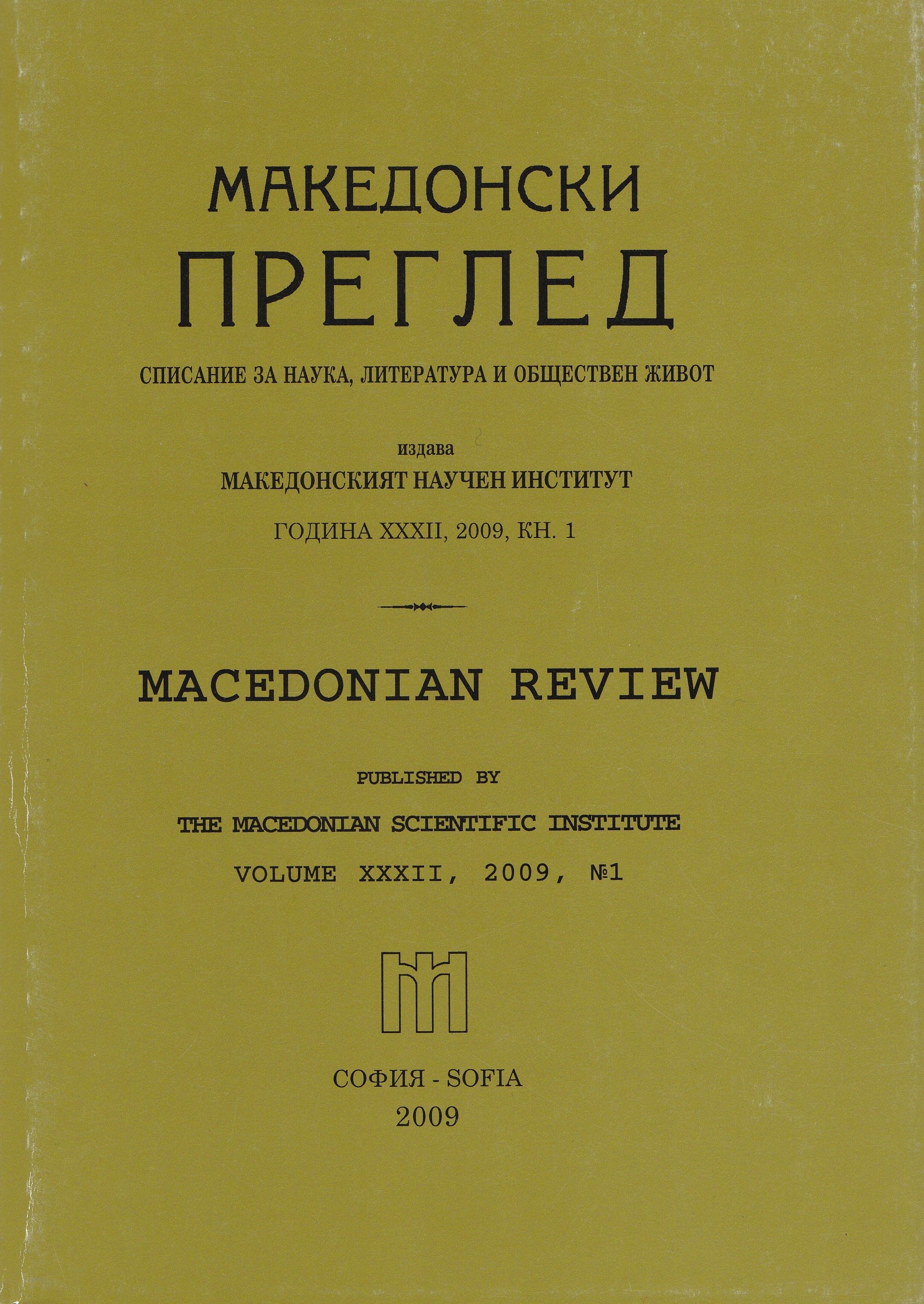
We kindly inform you that, as long as the subject affiliation of our 300.000+ articles is in progress, you might get unsufficient or no results on your third level or second level search. In this case, please broaden your search criteria.

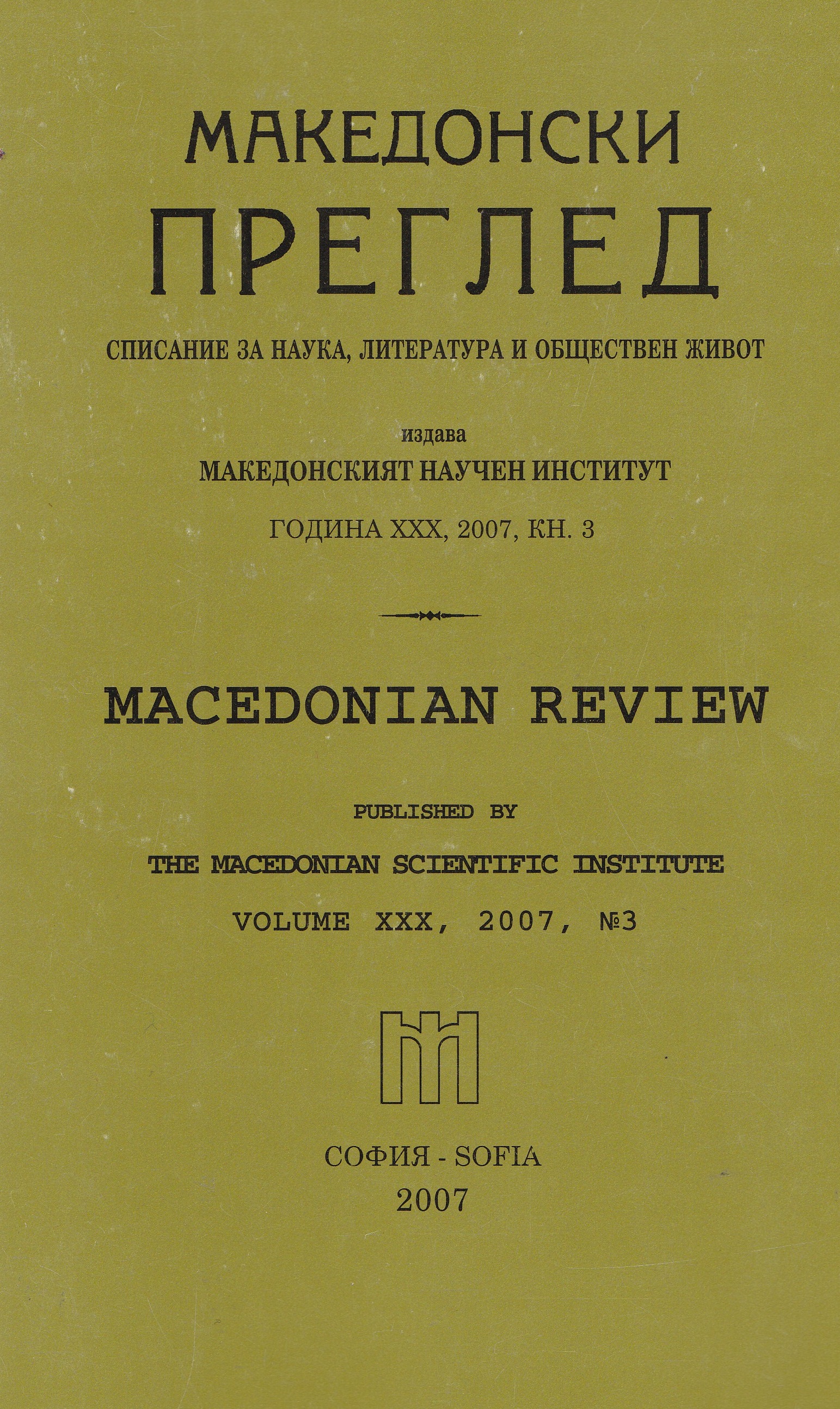
This article was reprinted from „Macedonian Tribune" newspaper in theUSA dated 31 July, 1975 and is of editorial character. Was printed out on theoccasion of the cry, given out in Skopje, against the celebration of the 6СГanniversary of the famous poet Venko Markovski in Sofia.
More...
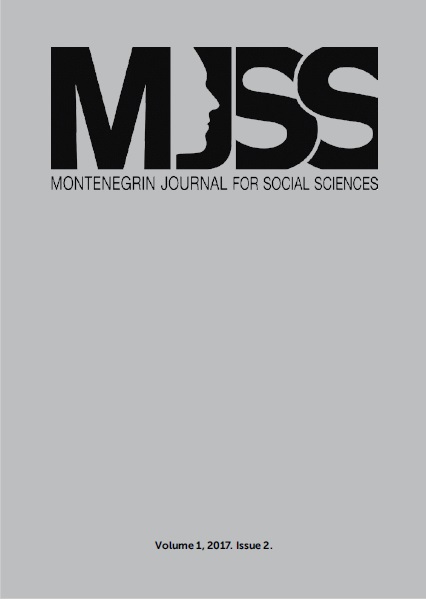
The aim of the article is to briefly present the current Polish perspective on industrial heritage. It stands for specific aspects of the past, which do not necessarily conform the usual criteria of aesthetics or emotional commitment. In the first part the basic information and the theoretical background are presented. The second is devoted to alleged oppositional processes: neglection and deterioration versus activity and re-usage. These two characterize the approach towards industrial heritage, simultaneously hype and ignorance. This assumption derives from research results conducted in previous works.
More...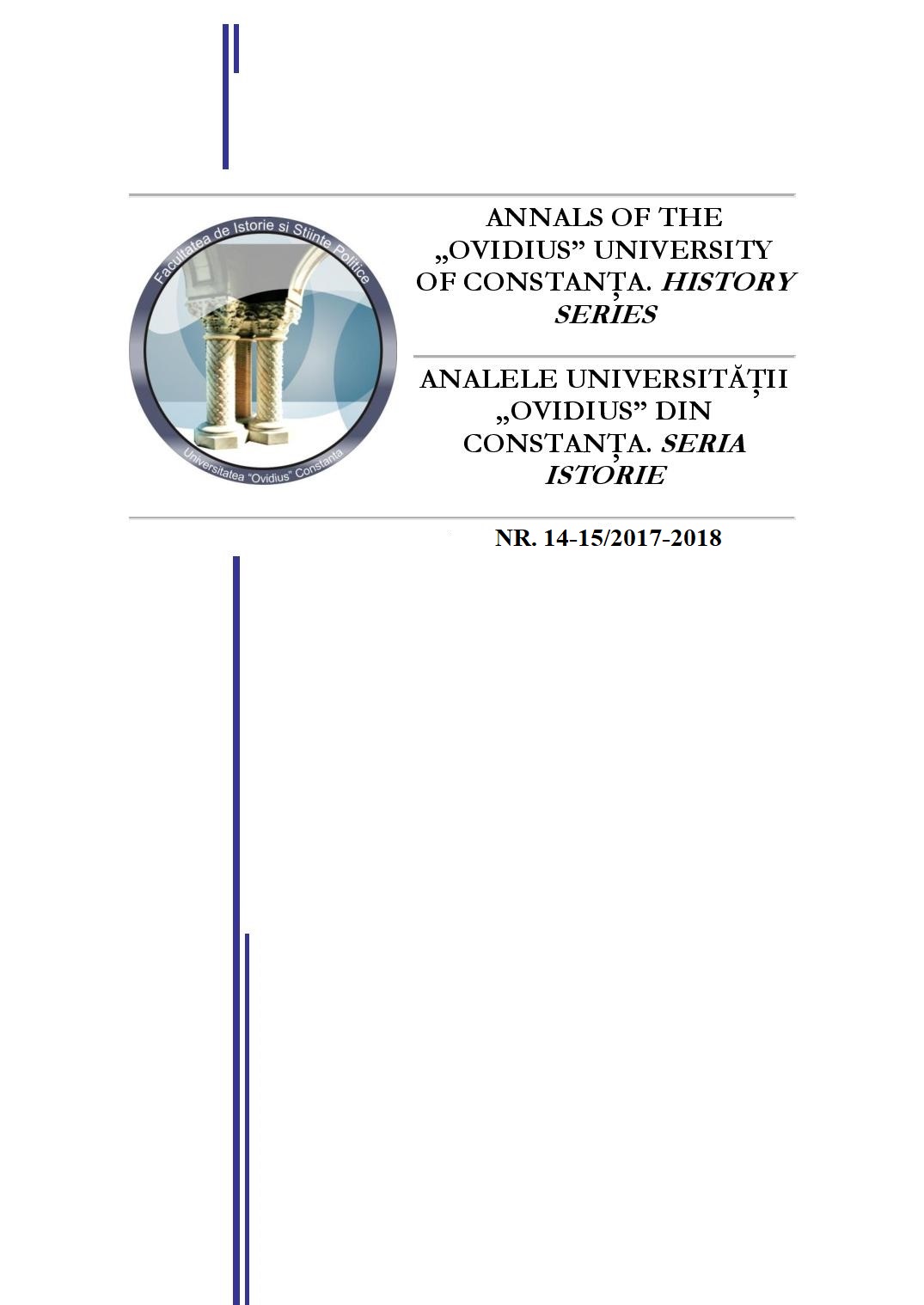
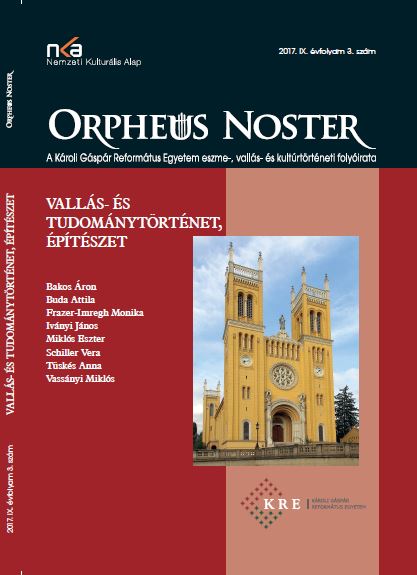
This paper seeks to point out the characteristics of the witch hysteria and the view of witches in the Basque Country, which played an essential role in the cessation of witch-hunts and of burnings at the stake in Spain in 1614. It analyses the contrast between the characteristics of the Basque witch-hunts and those in Transylvania. The paper compares the typical view of witches in Transylvania, especially Cluj-Napoca, from the point of view of the people’s beliefs and of the elite’s demonology, by highlighting the characteristics of the view of witches in the area, the main types of accusations, the motives of the reports and the procedures against witches. By pointing out these characteristics, we can see how the demonistic and vampiristic notion of the view of witches in the Basque Country contributed to the cessation of the witch-hunts, and the circumstances in which witch-hunts intensified in Transylvania at about the same time.
More...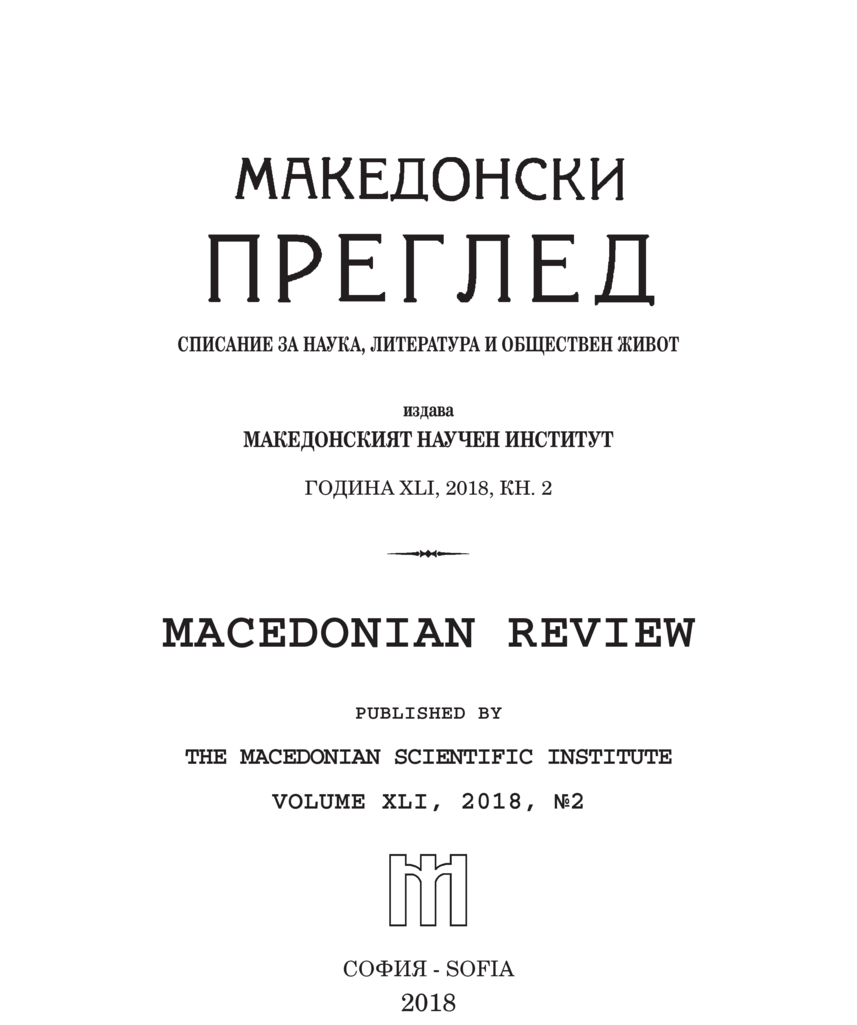
Ever since its establishment, the Eparchy of Niš which approximately covers the territory along the Morava changed a number of ecclesiastical jurisdictions, but for the longest time was related to the church organization of Christianity in the Bulgarian lands. For this reason, when in October 1915 Bulgaria entered the First World War, and the Bulgarian army occupied parts of Serbia’s territory, the Bulgarian Orthodox Church (BOC) restored its jurisdiction over it.
More...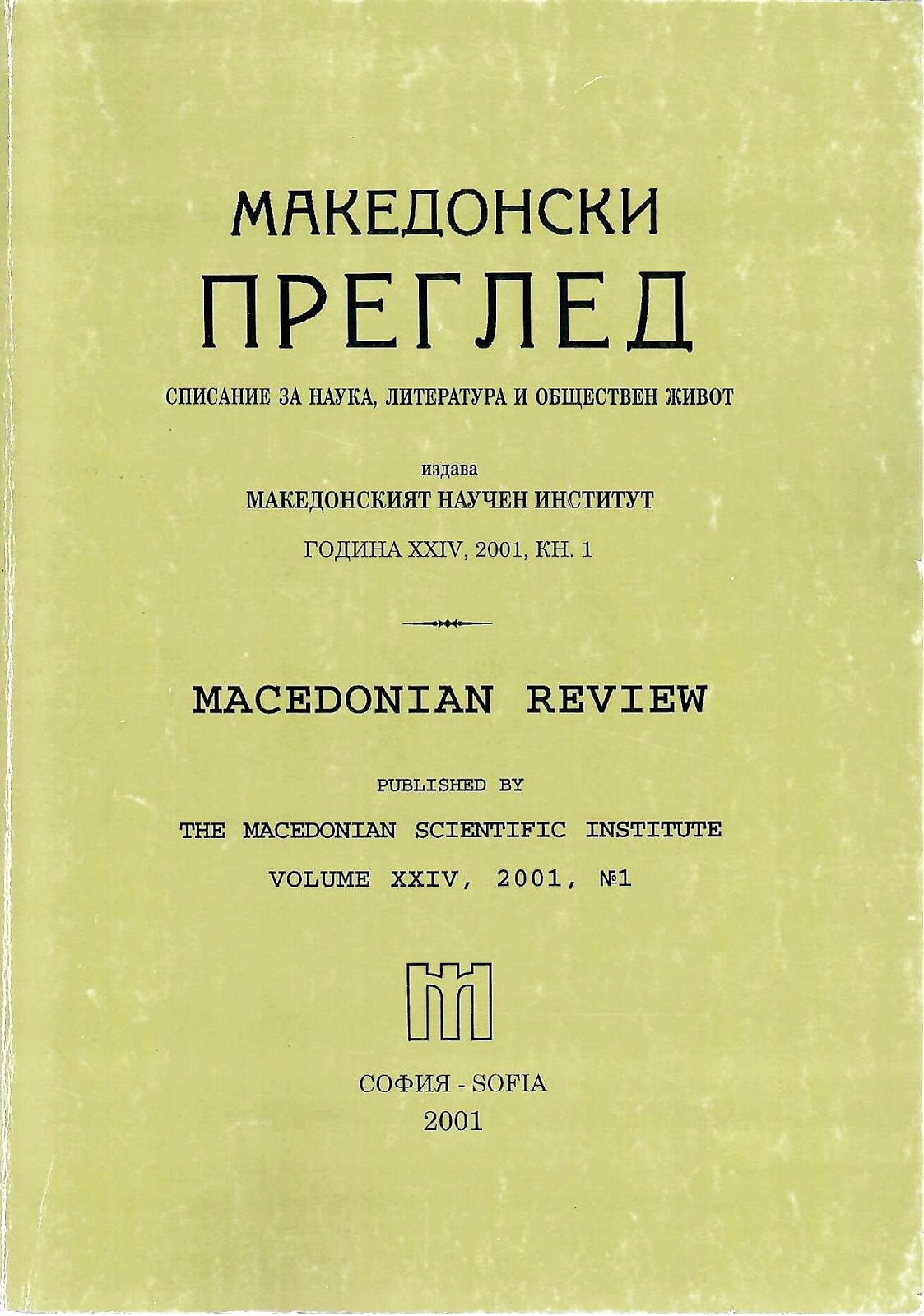


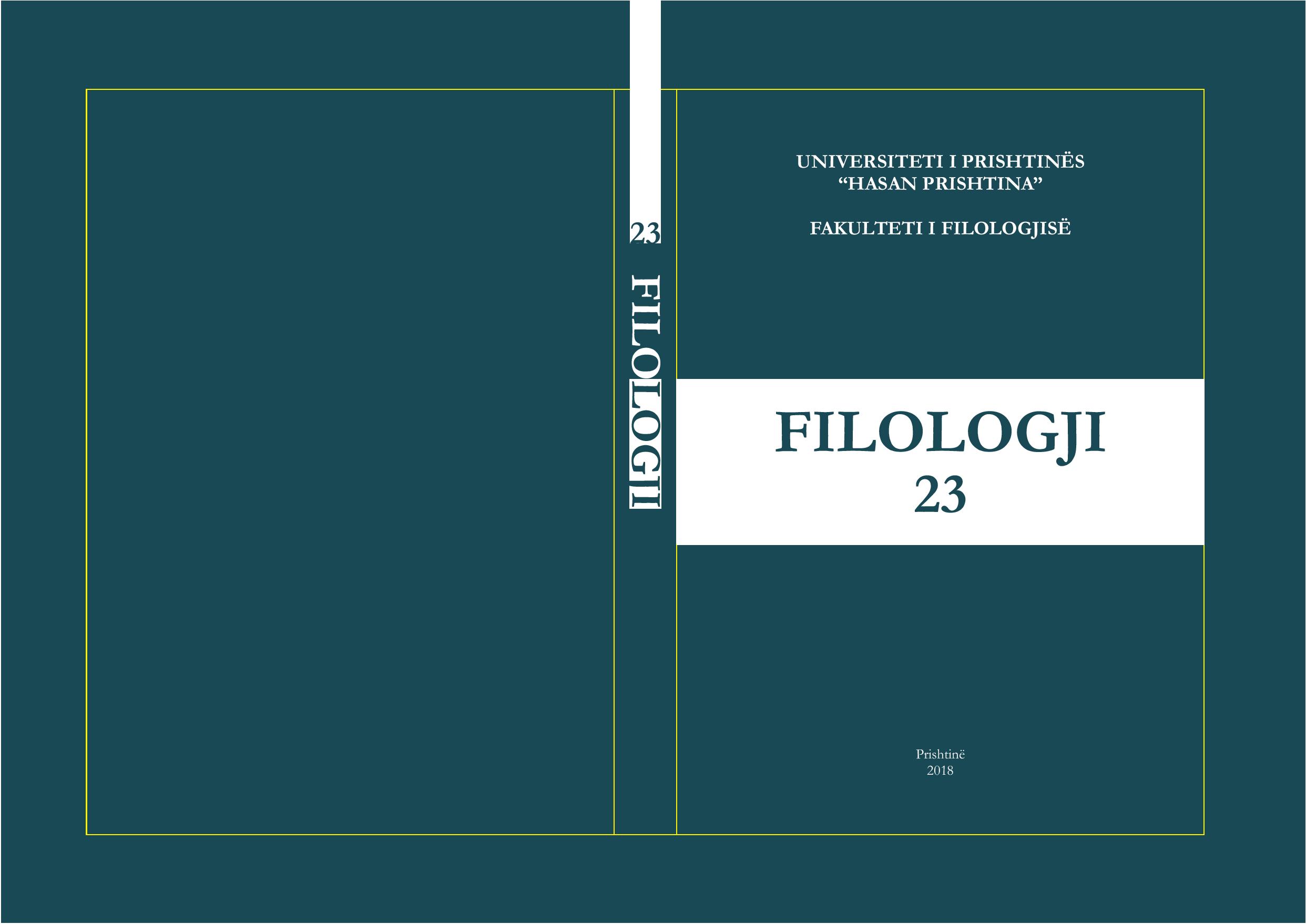
Why is it that five and a half centuries later, Gjergj Kastrioti Skënderbeu reappears in historiographic literature, publicistic literature, conferences and television production studios, provoking debate among experts but also amongst devotees on hypotheses and counterarguments related to what is fundamental about this figure and the relationship that Albanian science has had and continues to have with such a figure. This is a natural phenomenon. What personage out of the history of mankind, and especially of the earlier phases of it, has not been subject to most antithetical forms of interpretation? Coming from a complex historical and political context of past centuries, in documents that are found or documents that are missing, full of the subjectivism of foreign and Albanian interpreters, Skanderbeg is most certainly to remain a perpetual provocative name of the field for these researchers. The discussion on the essence of this figure and the relationship between foreign and Albanian science up to the present time should be clearly differentiated on three aspects: I. Skanderbeg in historical documents, II. Historical myth, and III. Artistic myth. Being a complex historical personality, Skënderbe appears in these aspects which various interpreters oftentimes tend to confuse, thus complicating the interpretation of the essence of this figure.
More...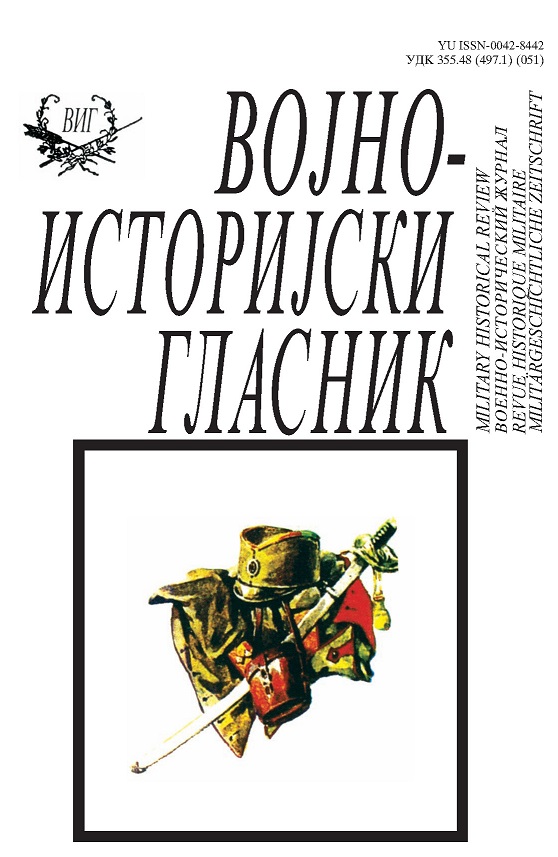
Међународна конференција „Мilitary Тraditions – an International Comparative Approach“, Рајхенау (Аустрија), 17–20. октобар 2011. године / International conference „Military Traditions – an International Comparative Approach“, Rajhenau, 17–20 October 2011
More...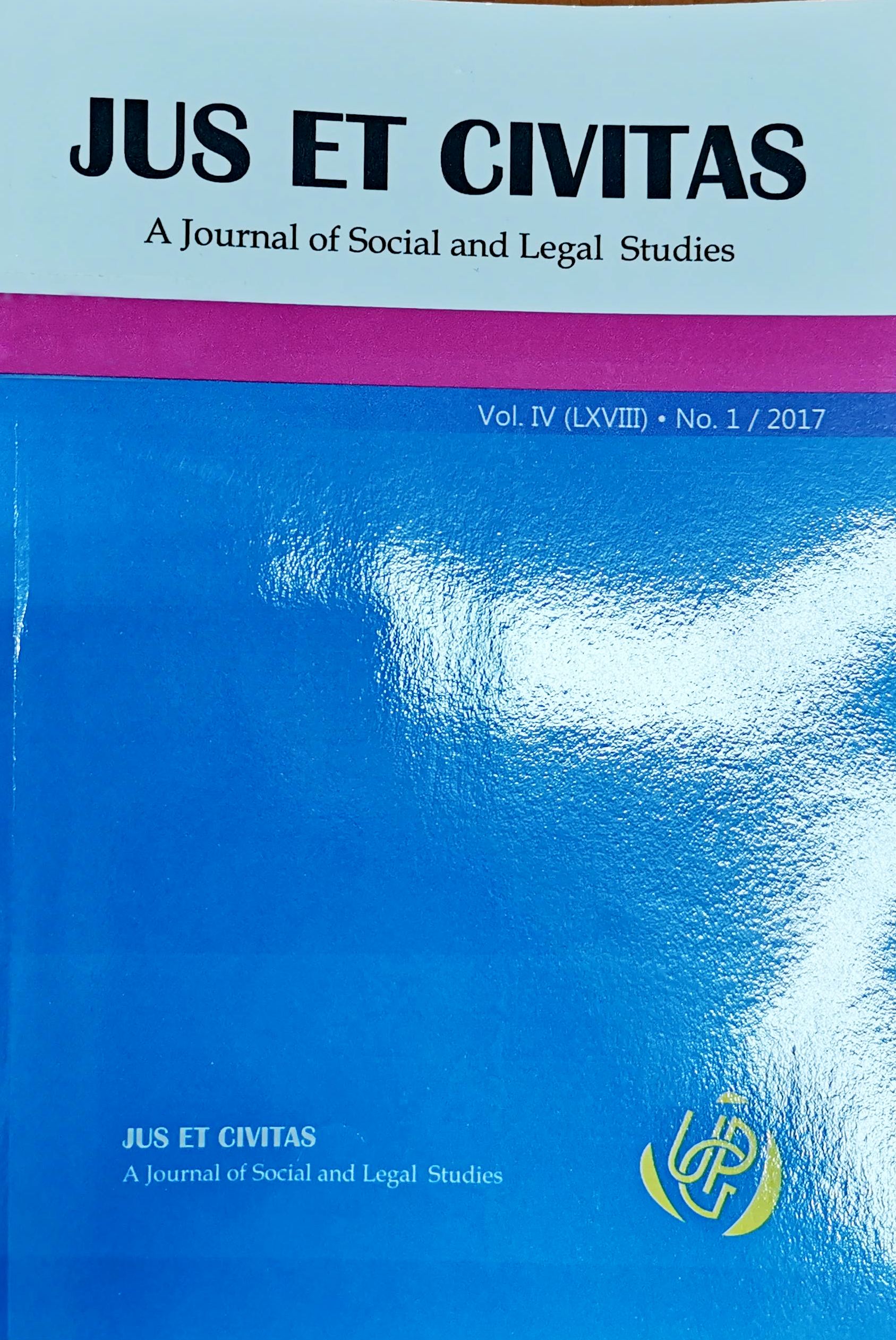
The current paper aims to analyze the evolution of Dacia province after its Roman conquest, with emphasis on the complex process of Romanization, opposed and resisted by the Dacians. We will point out elements regarding the legal regime of its inhabitants, the Roman citizens, the Latins, the peregrines and also the slaves, as well as elements regarding the evolution of law in Dacia under the Roman conquest with emphasis on the legal regime of the people.
More...
Intercultural relations are among most topical contemporary problems, which, along with the rapid development of globalisation processes, are increasingly drawing the attention of scholars, diplomats and entrepreneurs engaged in the current political and economic conjuncture. Problems of capitalism with their genesis in the West, emergence during the period of colonialism and current escalation in uninterrupted international conflicts in both the 20th and the 21st century have brought forward a multifaceted reaction in the societies of Far and Middle East, which have frequently used the alternatives of the ancient historical and religiousphilosophical heritage of their cultures alongside many ideas born in the West (especially Europe), which used to significantly influence the fates European nations in the context of the Enlightenment, Romanticism and Nationalism, for a reviewed definition of their identity and self-assurance.
More...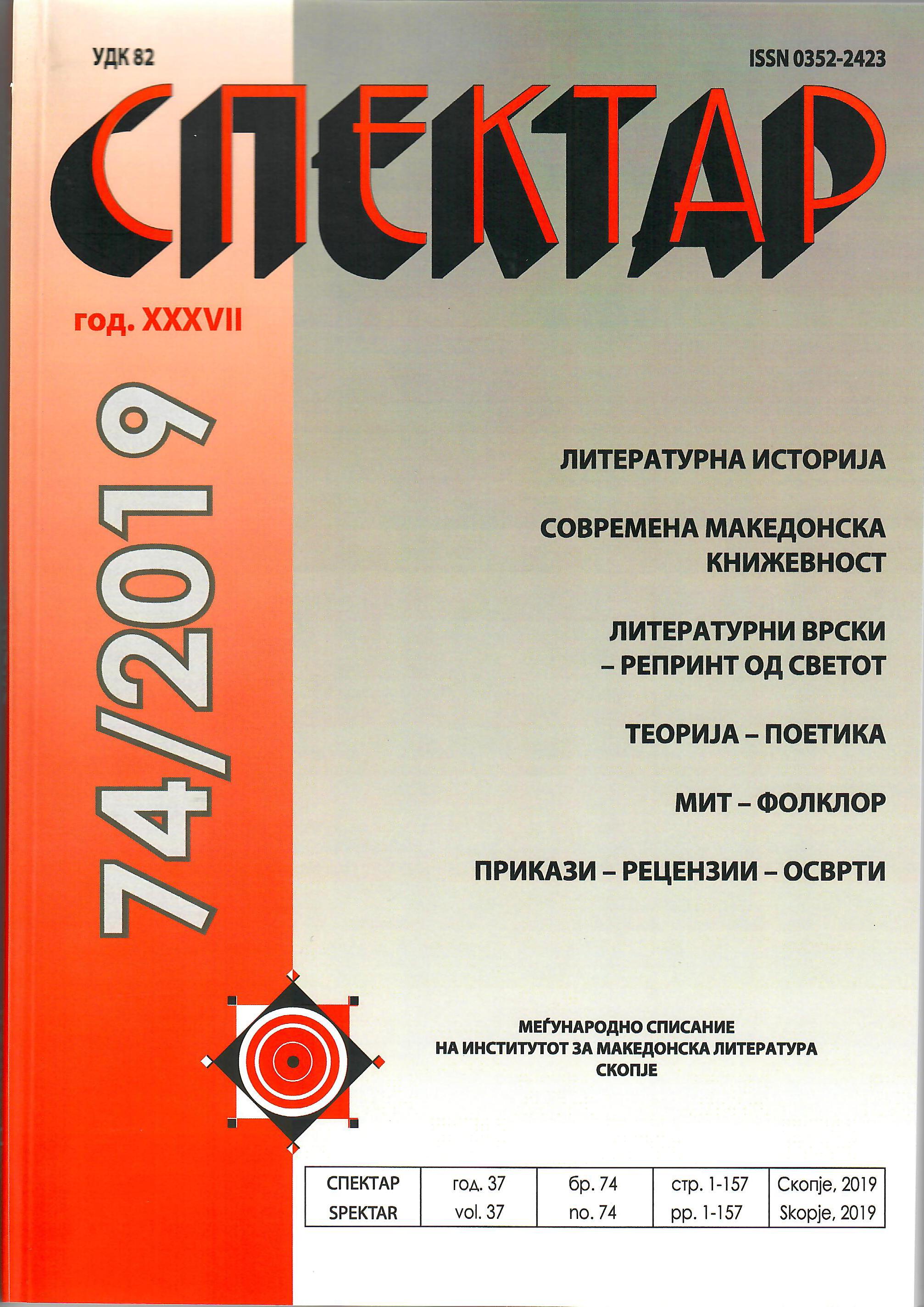
In the 19th century, Parashkeva Sirleshchova (Bansko, 1823 - ?) was one of the most prominent Macedonian interpreters of folklore. She was one of the most important informants of the brothers Dimitar and Kostadin Mollerov of Bansko. Taking advantage of the fact that she was gifted with exceptional hearing, the two brothers, between 1898 and 1900, wrote rich Folk material, consisting of songs, stories, various wedding and funerary customs, Easter customs, Mitrovden customs, more records on folk medicine, clothing, children's games, demology, folk meteorology etc. The collected materials were published just over half a century later, in 1955.
More...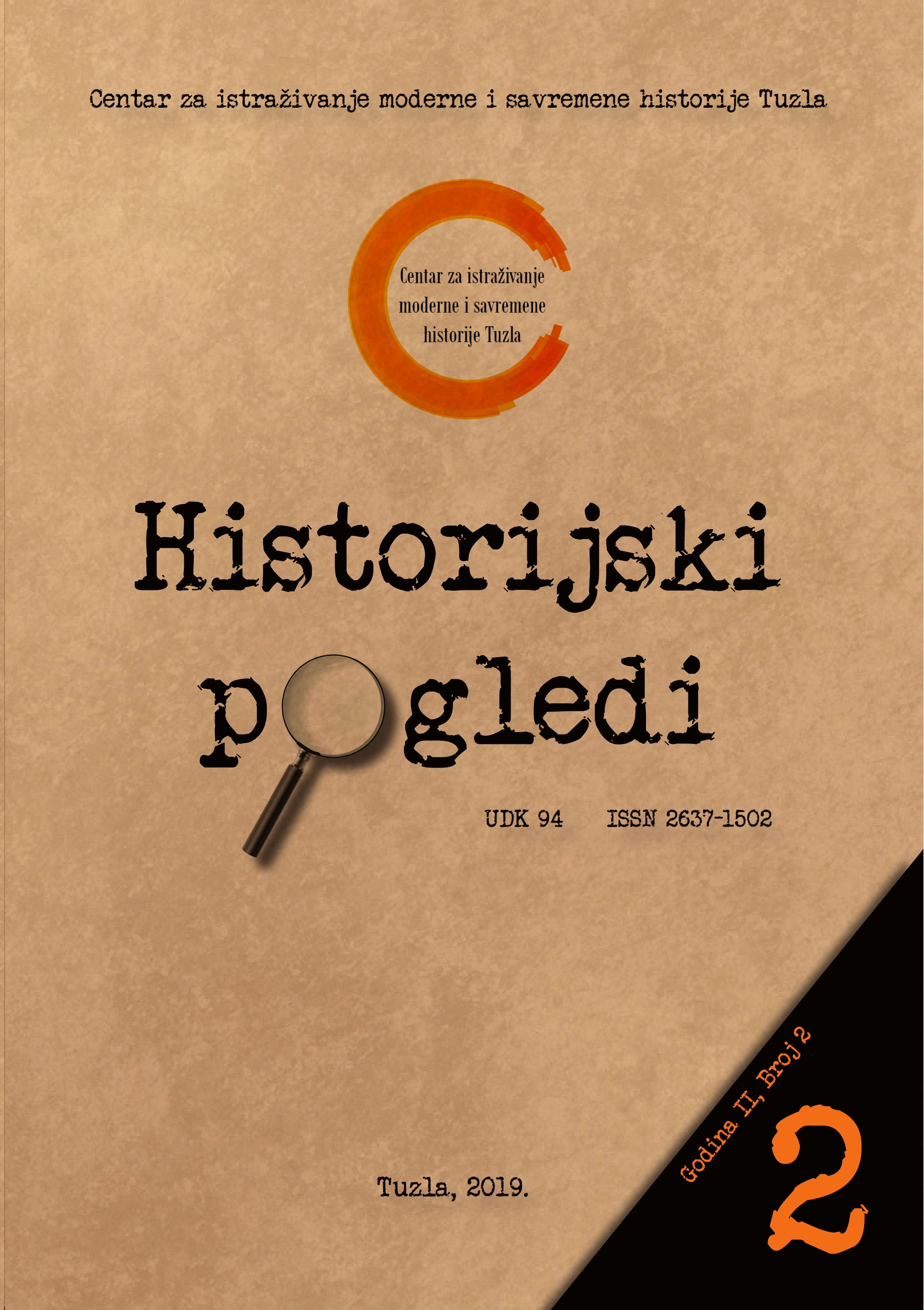
More than a quarter of a century after the international recognition of Bosnia and Herzegovina as an independent state outside of Yugoslavia, a period for a comparative analysis of historiographic results is appropriate. In this paper, attention is devoted to the treatment of Bosnian territory in various social frameworks, financial and personnel capacities, affinities and ideological orientations. Certain areas of scientific work, of course, had a natural sequence of activities, some needed to be adjusted, while approaches and focus in some fields developed completely new forms in the spirit of contemporary osmanism. The planned exhibition is a collection of practical experiences in the field of the Ottoman work in both the Yugoslav and post-Yugoslav periods.
More...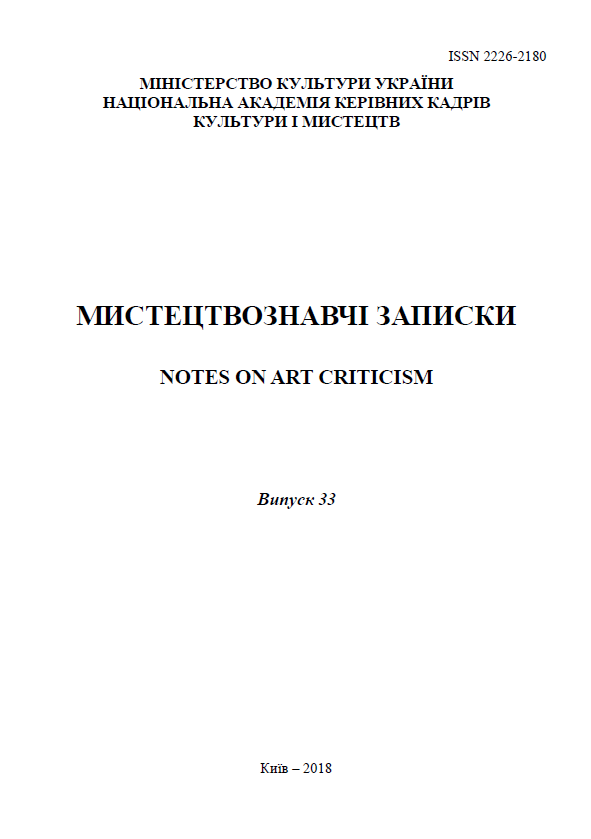
Purpose of the article is to reveal the specificity of female images in Ukrainian ballets of national themes of the mid-20th century. Through the acceptance of artistic imagery and symbolism. Methodology. The methodology consists of using the problem-chronological principle, synthesis methods, art criticism analysis, which allowed to conduct scientifically objective research. Scientific Novelty. Scientific novelty includes in a retrospective analysis of female images of Ukrainian ballets, revealing their main artistic and imaginative load - demonstrating the profound essence of the tragic fate of Ukrainian women, raising the portrait of a woman to the level of a symbol.
More...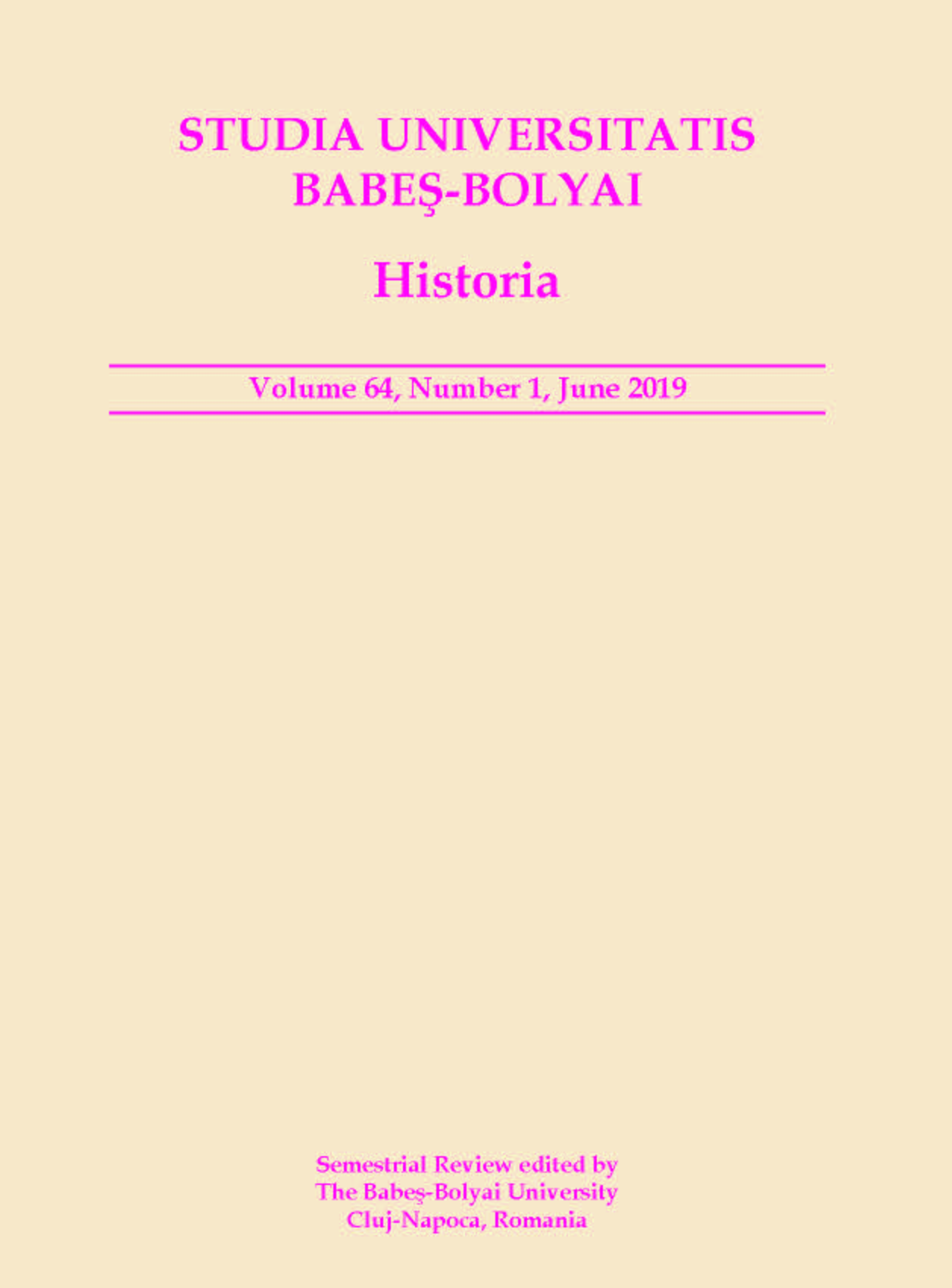
The following text has two main objectives: on the one hand, it intends to introduce the reader in a very cursory manner to some of the most important contributions made by the medieval university not only to the general development of higher education, distinguishable up until today, but also to the history of pre-modern European society. On the other hand, acknowledging the importance of university for the transformation (and “Europeanization”) of Transylvania from the second half of the 14th century until the 1550s, the author reflects briefly upon significant investigations concerning university, academic life and intellectuals in the Middle Ages conducted by scholars and research groups (especially during the last two decades) of the Babeș-Bolyai University in Cluj-Napoca.
More...
Monica Brînzei en dialogue avec Olga Weijers et Jacques Verger
More...
Intervista a Carla Frova. A cura di Andrea Fara
More...